“Futuristic” design but far from users
Launched in 2021, the Mercedes-Benz EQS is positioned as a pioneering luxury electric vehicle, representing the three-winged car company's vision for the future. However, according to a recent sharing by Design Director Gorden Wagener, the EQS has not met market expectations. The reason? Simple but profound, that is, the car "appeared 10 years earlier than the market".
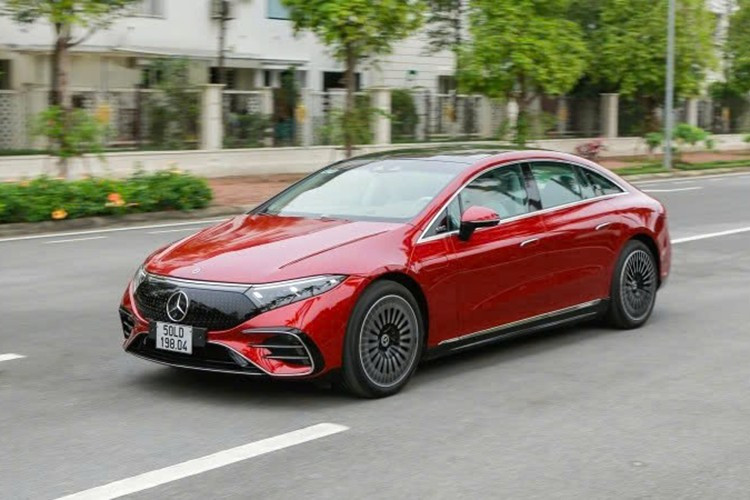
Wagener frankly said that the EQS's teardrop-shaped aerodynamic design, which is optimized for energy efficiency, is not well received by the traditional customer group. Even with a diamond-patterned grille and three-pointed star headlights, the EQS still lacks the luxurious, powerful and timeless style that users expect from a high-end sedan like the S-Class.
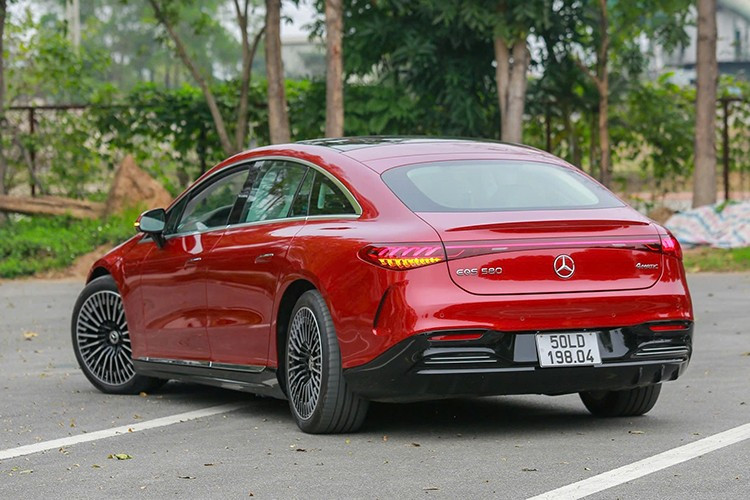
“The EQS is a completely different car, not for people with chauffeurs,” Wagener admits. In other words, the EQS fails to make an emotional connection with the core luxury segment’s customers, who favor traditional values over innovative looks.
High selling price 'biggest barrier'
One of the major obstacles that makes EQS difficult to conquer users is its rather high selling price. In the Vietnamese market, EQS is distributed with two models: the 450+ version has a listed price from 4 billion 839 million VND, while the higher-end version EQS 580 4MATIC is offered for sale at a price of up to 5 billion 959 million VND.
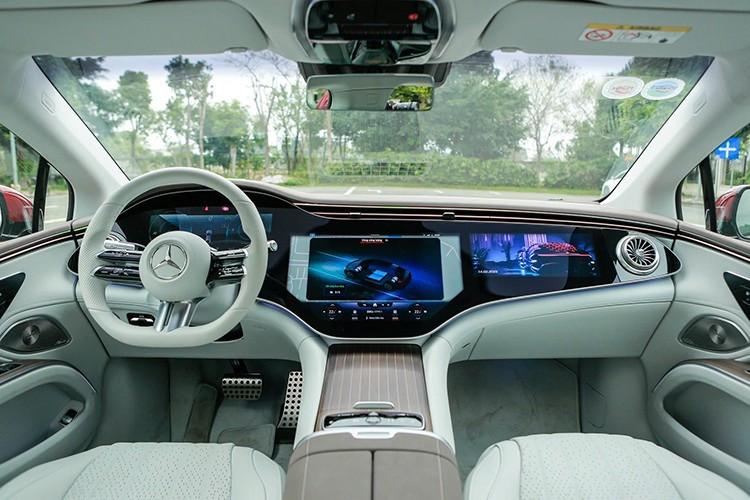
It is worth mentioning that at the same price range, buyers can completely choose the traditional S-Class line, which is very familiar in Vietnam. Specifically, the S450 4MATIC is currently priced from 5 billion 199 million VND, while the Maybach S450 4MATIC version is around 8 billion VND. With a budget of around 6 billion, most customers will lean towards the S-Class, a symbol of luxury, class and good value retention, instead of "risking" on the EQS, an electric car that is still quite unfamiliar in both image and experience.
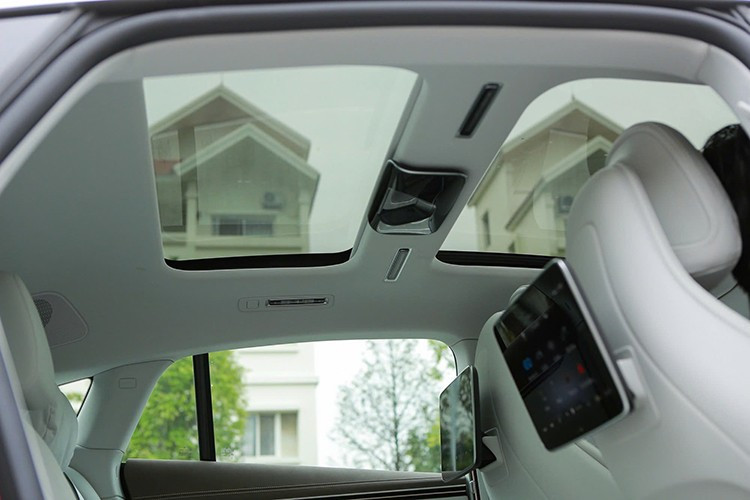
When the difference does not bring about the same emotions, consumers will always choose the more familiar thing, and that is the reason why EQS has not been able to break out as expected at first.
Lessons from a flawed positioning strategy
Part of the EQS’s failure was the way Mercedes-Benz positioned the product. The company tried to promote the EQS as “an electrified version of the S-Class.” However, this led to direct comparisons between the EQS and an iconic car that had been built for decades.
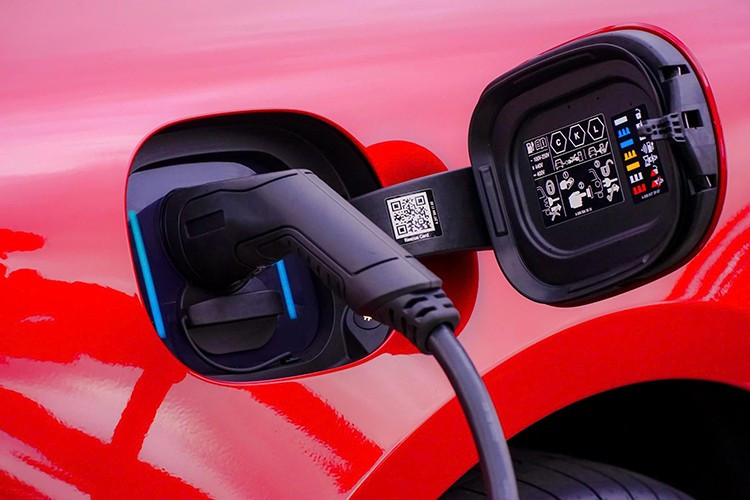
According to Wagener, the EQS should have been marketed as a futuristic electric coupe, like an electric version of the CLS, rather than positioning itself as the successor to the S-Class. The “wrong expectations” led to “right disappointment” when customers felt the EQS did not meet what they expected from a top-of-the-line luxury sedan.
Market sentiment is also an important factor. Wagener points out that many people still see electric vehicles as electronic devices that can quickly become obsolete, while traditional gasoline vehicles offer a sense of sustainability and lasting value, like a high-end mechanical watch.
New strategy, remove EQ label, return to core values
Faced with market realities, Mercedes-Benz is making a comprehensive strategic adjustment. First of all, the company will no longer separate the EQ electric car line and the internal combustion engine car line. Instead, a unified design language will be applied to both, making them more familiar and accessible to users.
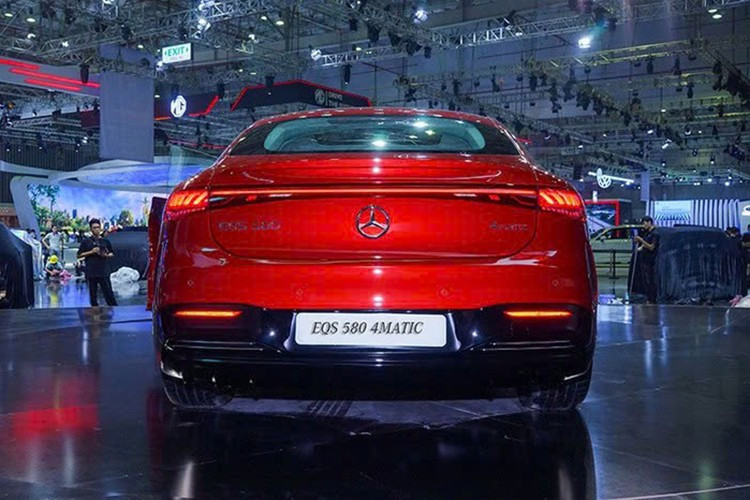
A clear example is the 2025 CLA, where the electric and gasoline versions are virtually identical in appearance. Mercedes is also dropping the separate EQ branding. The electric GLC will no longer be called the EQC, but will be integrated into the general GLC lineup. This strategy has already begun with the electrified G-Class, which will be called the “G580 with EQ Technology” instead of the EQG.
In the long run, the EQS will be replaced by an all-electric variant of the S-Class itself. However, that won't happen right away. In the meantime, the EQS will be kept alive for a few more years with a few minor upgrades.
Mercedes-Benz is a brand with a long history and strong symbolic power. That is why any changes, especially in design and positioning, need to be carefully considered. EQS is a typical example of "vision ahead of its time" but not enough to take into account consumer emotions and habits.
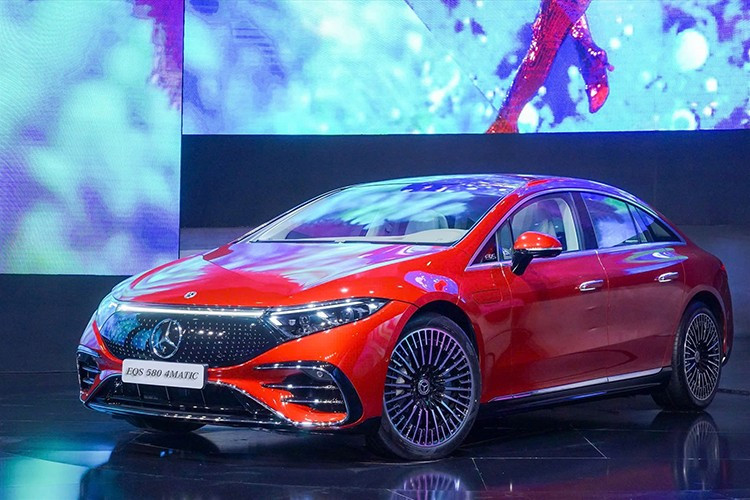
While the EQS cannot be considered a complete failure, it is clearly a valuable lesson that new product introductions need to be accompanied by a clear positioning strategy, a design that fits the brand identity, and, equally important, market readiness.
Mercedes is adapting, and if successful, the future of electrified Mercedes will no longer seem “weird,” but will be a natural continuation of an illustrious legacy.
Source: https://khoahocdoisong.vn/mercedes-benz-thua-nhan-eqs-e-am-that-bai-vi-dau-den-noi-post1555294.html







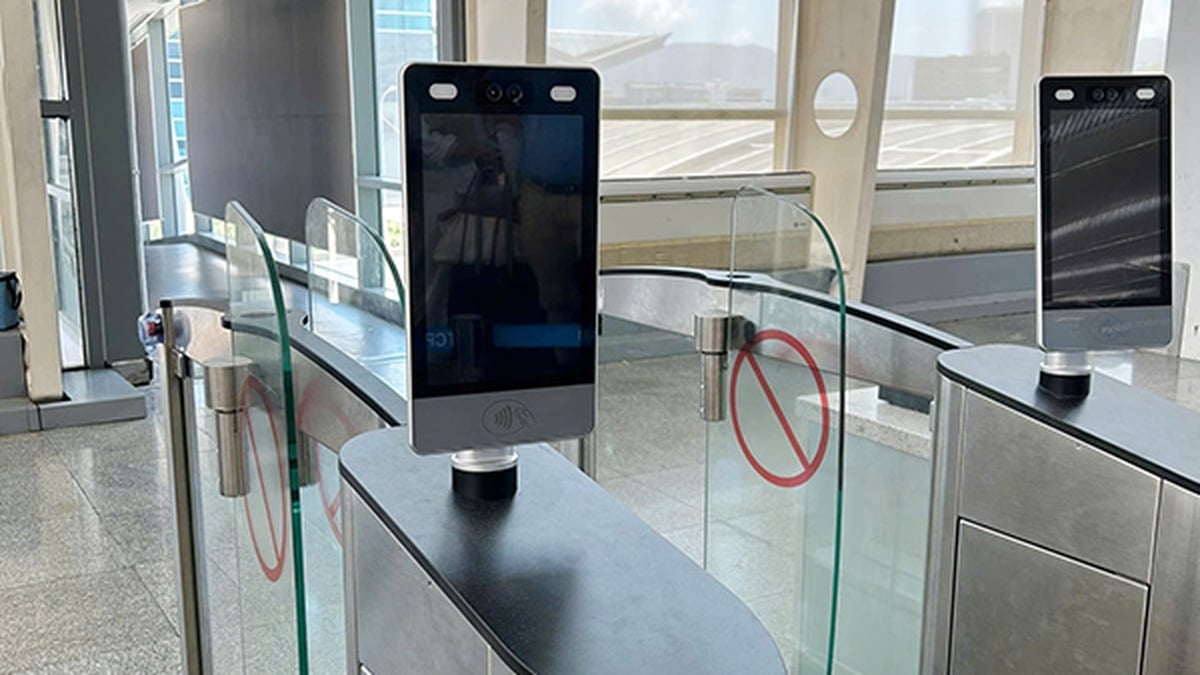
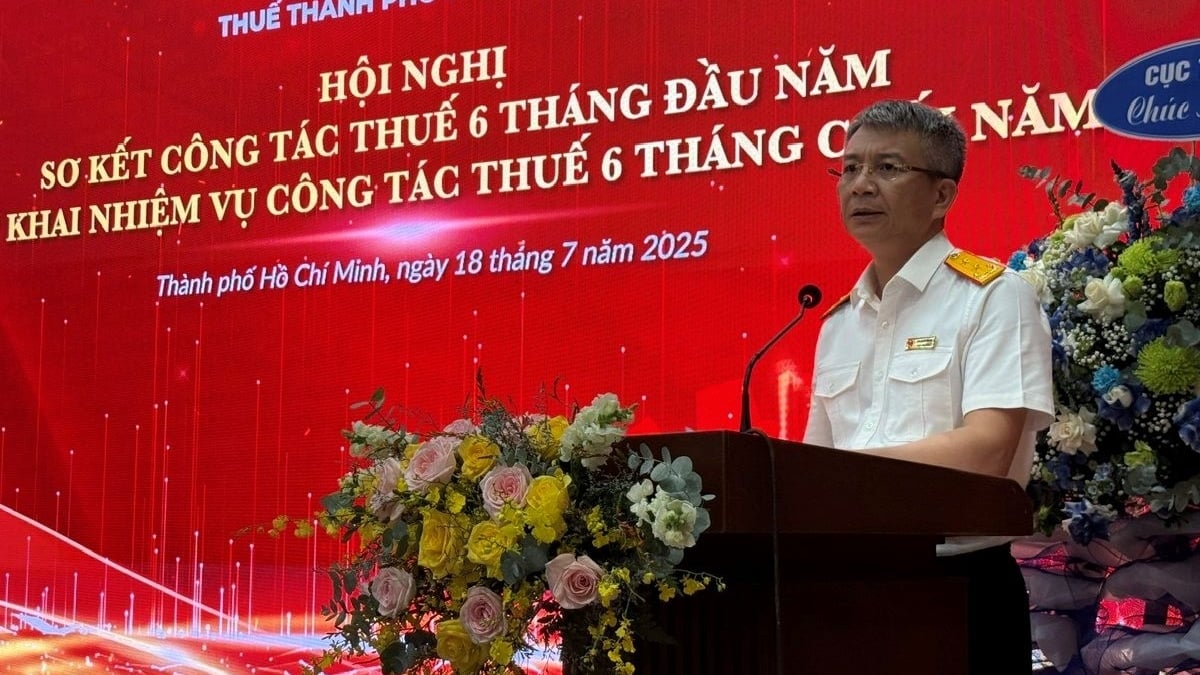



























































































Comment (0)